Equations of Motion: Adventure, Risk and Innovation
 by William F. Milliken
by William F. Milliken
When the first edition of Equations of Motion was released in 2006, I wrote in a published review that it was unequivocally “the most interesting and well-written of the 50-some-odd books that I’d read during all of that year.” Now, with the publication of the 2nd edition, this time in softcover, you get more for less.
This is a true second edition, not merely a reprint of the first, with 12 additional pages and five more photos. That’s the more. The “for less” part is, while the first edition was hardbound and cost $59.95, this second edition (remember, more pages, more photos, plus a few extras and some corrections too) retails for $44.95.
Those additional pages bring Milliken’s life story up to date as they relate his accepting Lord March’s invitation to bring his MX-1 camber car across the pond and run it at Goodwood in 2007. (The camber car is shown on the cover of the book. Look closely at that tire. The wheel set-up is that radical—it, all four wheels, are indeed running on their inside edges.) And run it he did, twice each day for three days—each day exceeding 100 mph over the course (for those unfamiliar with the it, Goodwood is a hillclimb event) and pulling in excess of 1g. Mind you, Bill Milliken was born in April 1911 (you do the math).
Those who knew Bill Milliken during his childhood wouldn’t be surprised at all that he would achieve. Consider he helped build and was driving his first car before he entered his teens—a non-powered (soap-box derby-type) Miller look-alike. Barely a teen, at 13 he built and flew his first two flyers, gliders both—but, assuredly there’s not much better way to really internalize the basic principles of flight. And the next year, he got into motorcycles buying no less than a 1914 Excelsior. And so it went until 1928, at the ripe old age of 17 Bill designed and began to build his first powered airplane. That entire adventure is recounted in the chapter titled “Designed, Built, Flew and Crashed.” By the time the crashed part took place Bill was already well on with his higher education that would eventually net him his engineering degree from the Massachusetts Institute of Technology.
Nineteen thirty-six found Bill working at Chance Vought responsible for stability and control. He worked on the Vindicator dive bomber, the Kingfisher, and then a series of events led to Bill going to work for Boeing. At Boeing he became involved in developing cabin pressurization systems which included test flights at altitude on a specially outfitted B-17 Flying Fortress. Not for the faint of heart or physique as is related in the chapter titled “Higher than Everest.”
We’ll leave you to discover Milliken’s other aviation pursuits and tease you with mention of just a few of those oriented around the automobile. Whether you’ve visited SpeedReaders.info before or are looking and reading for the first time, slide your cursor to the right and just below the calendar block you’ll find Search the Reviews. Key in Olley and click search. There you’ll discover one aspect of Milliken’s automotive research and development involvement. Others include Pikes Peak, a Dynaflow-equipped Bugatti, a car called Butterball, the four-wheel drive Miller, and that unlikely-appearing camber car that goes like stink and sticks like glue. If you’ve ever been to Watkins Glen and driven on the streets that were part of the old, original circuit, you may have noticed a New York state-placed historic sign that identifies that corner as “Milliken’s Corner”—yep, the corner has been named after Bill Milliken. You’ll have to read the book to discover how that came to be.
While a quick synopsis of Bill’s life, adventures and achievements is all we can do here, the book tells the story in full. And tells it well. Bill’s manuscript was entrusted to the incomparable, now-late, Beverly Rae Kimes. Her deft hand turned an already fascinating story into a compelling read. Bev’s Editor’s Note at the conclusion of the book is revealing: “I’m a Method editor . . . trying to “inhabit” the person I’m working with makes for a better edit. (Referring to My Two Lives which she co-authored) . . . As René Dreyfuss I drove Bugatti, Alfa and Delahaye racecars . . . (Yet, she says) I have never enjoyed being anyone more than Bill Milliken, (but) there was a lot to learn editing the estimable Mr Milliken. I’m better at math now, can fashion a bit of physics, and understand vehicle dynamics. Nowadays I find camber really sexy.”
What more need be said? Want the best read of your year? Get hold of a copy of Equations of Motion.
Copyright 2009 Helen V Hutchings (speedreaders.info)


 RSS Feed - Comments
RSS Feed - Comments

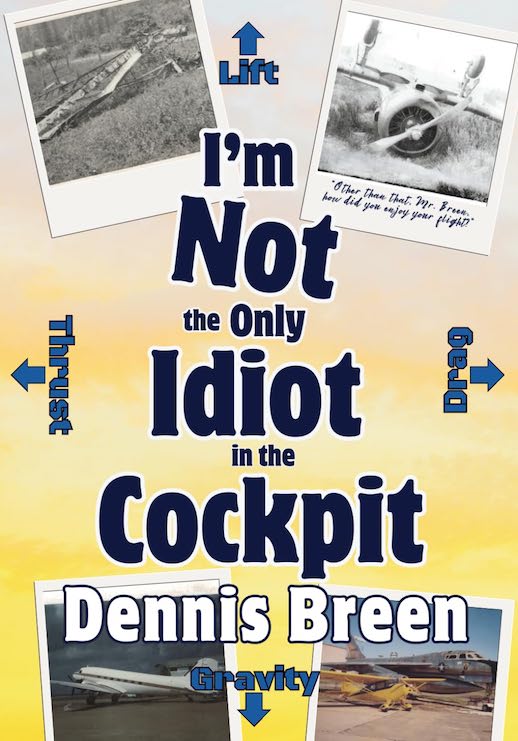
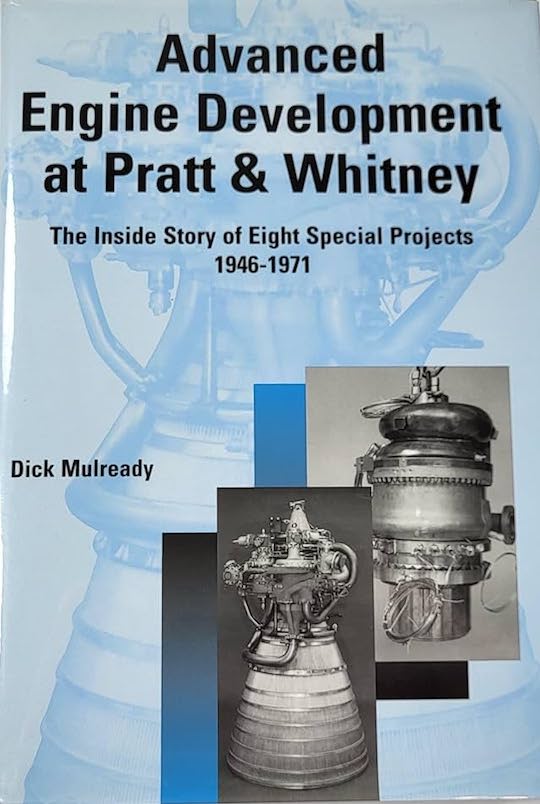




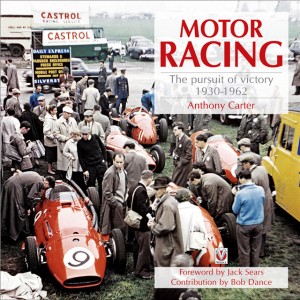
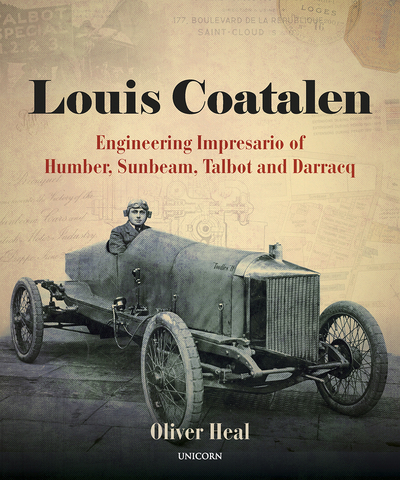



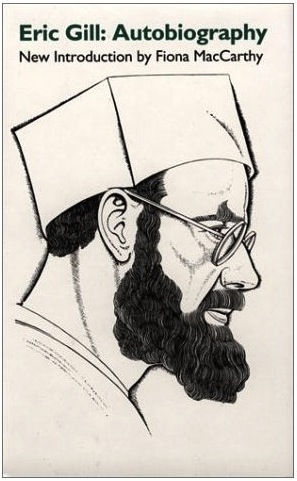






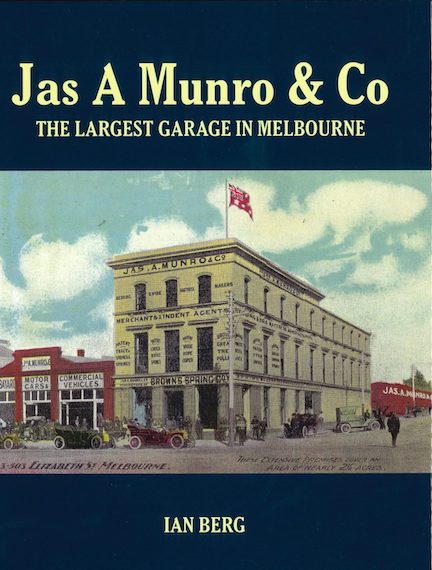

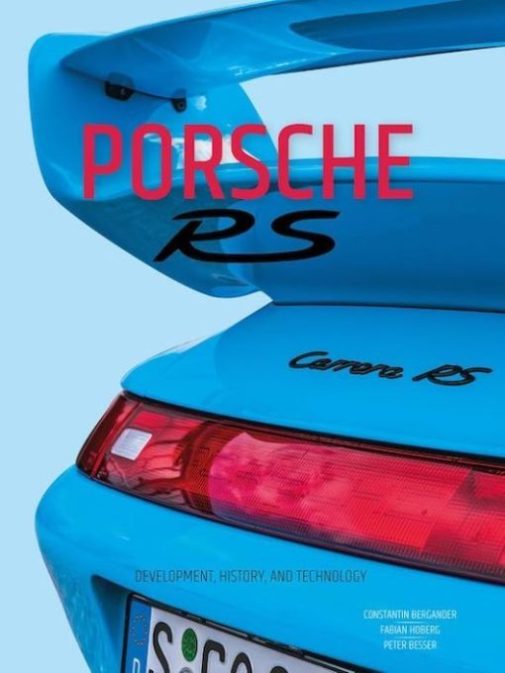

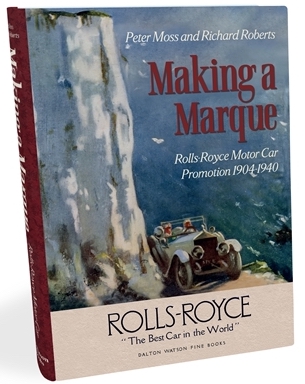

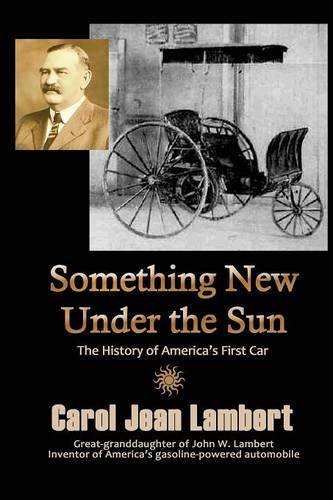

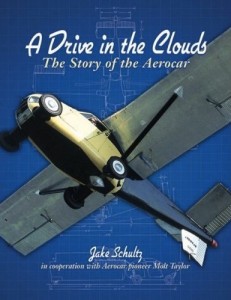
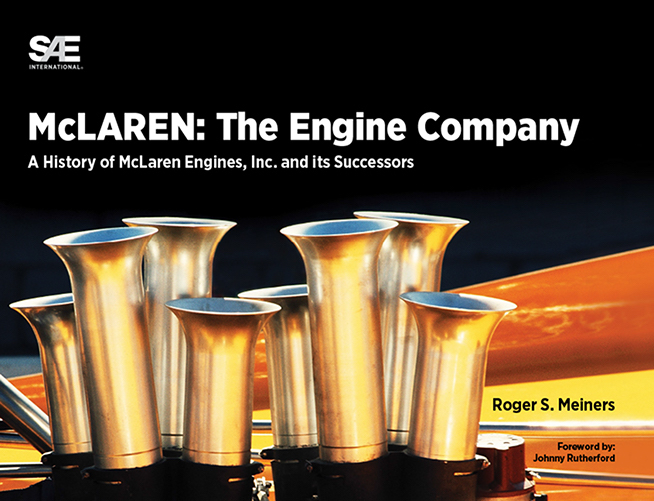




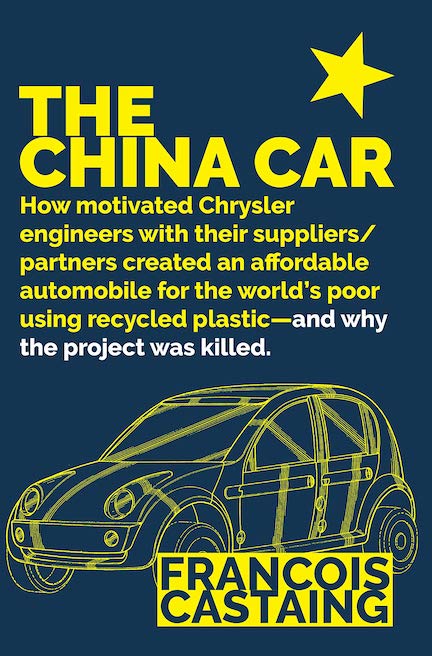





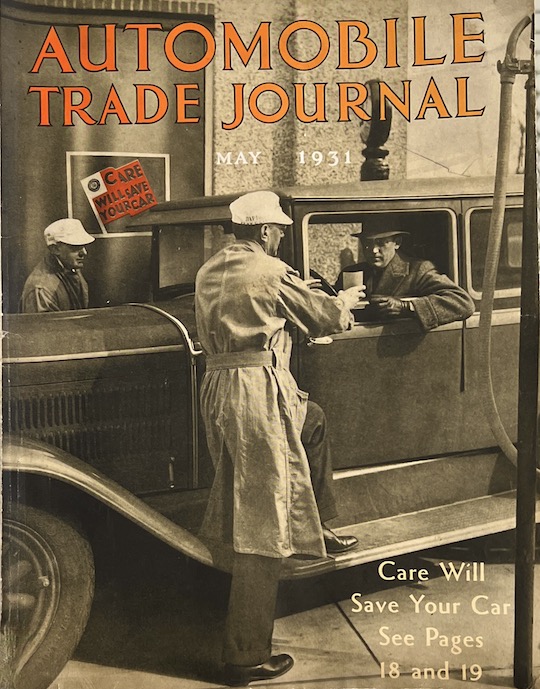
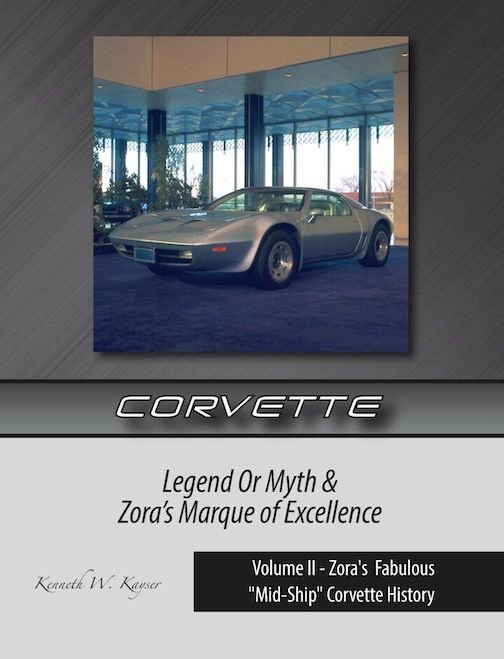

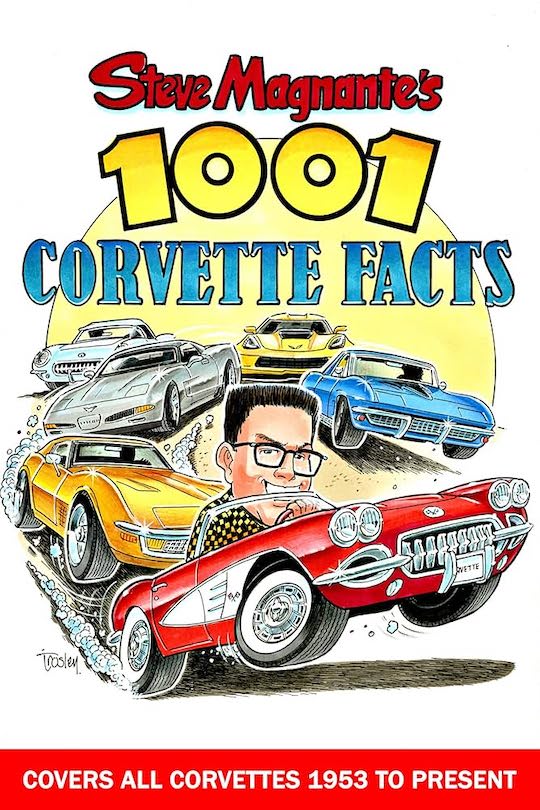


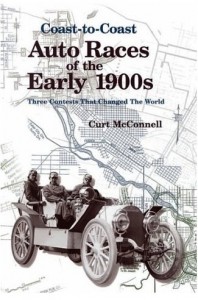









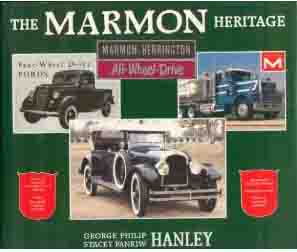






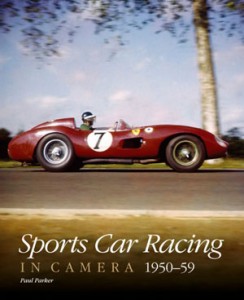





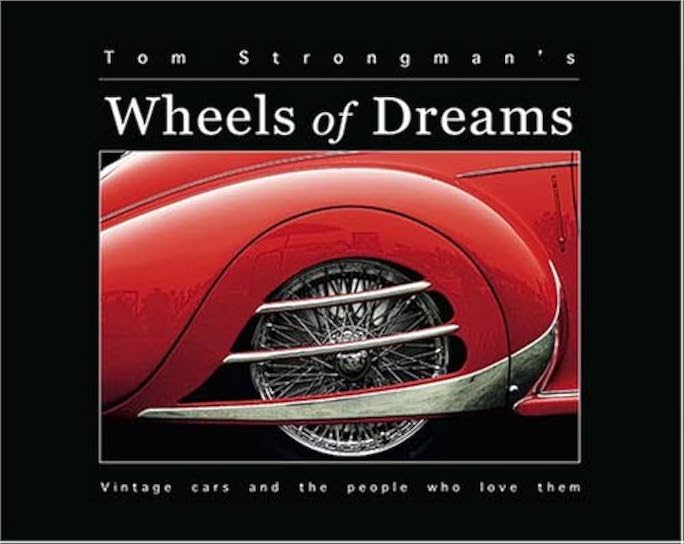

 Phone / Mail / Email
Phone / Mail / Email RSS Feed
RSS Feed Facebook
Facebook Twitter
Twitter
Note: another review of this book is posted elsewhere on SpeedReaders.